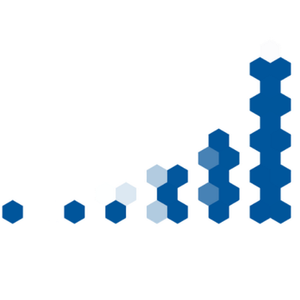Tim O'Reilly fasst seine Vorstellung, von dem wohin sich das Internet entwickelt, in einem sehr langen aber lesenswerten Text zusammen.
Die Subsysteme eines modernen Internet-Betriebssystems sind nach O'Reilly:
- Search
- Media Access
- Communications
- Identity and the Social Graph
- Payment
- Advertising
- Location
- Activity Streams
- Time
- Image and Speech Recognition
- Government Data
Über die Strategien der einzelnen Unternehmen sagt O'Reilly:
Apple and Microsoft largely have visions of vertically integrated systems; Google's vision seems to be for open source driving front end interfaces, while back end services are owned by Google. But in each case, there's a major drive to own a front-end experience that favors each company's back-end systems.
Googles Strategie kann man aktuell sehr gut an Google Buzz erkennen, wie ich vor ein paar Tagen ausführte.
In O'Reillys Text kann man die künftigen Entwicklungen der Internet-Wirtschaft erkennen. O'Reilly fasst die Möglichkeiten am Ende wie folgt zusammen:
There is a great opportunity for developers with vision to build forward-looking platforms that aim squarely at our connected future, that provide applications running on any device with access to rich new sources of intelligence and capability. The possibilities are endless. There will be many failed experiments, many successes that will be widely copied, a lot of mergers and acquisitions, and fierce competition between companies with different strengths and weaknesses.
» The State of the Internet Operating System
Immer wichtiger wird es für Webangebote, sich mit anderen Diensten zu verknüpfen. Etwas, dass deutschen Web-Startups traditionell fast immer eher schwer fiel. O'Reillys Sicht, die ich teile, zeigt in eine klare Richtung: 'small pieces loosely joined'. Man darf gespannt sein, ob auch hiesige Player in nächster Zeit anfangen werden, in diesem Feld gekonnt mitzuspielen.
